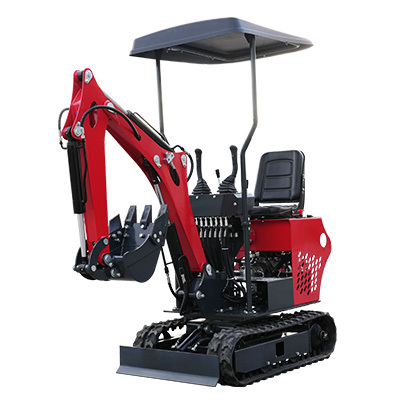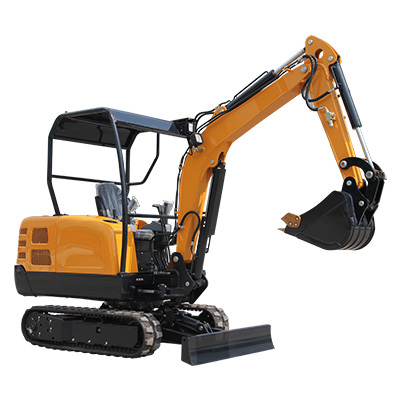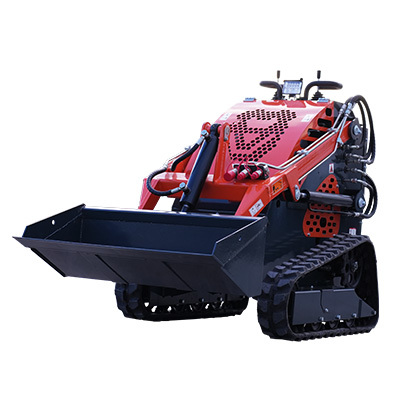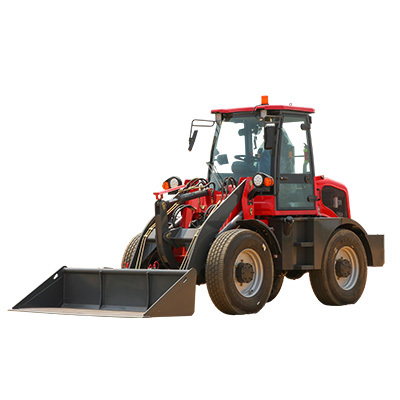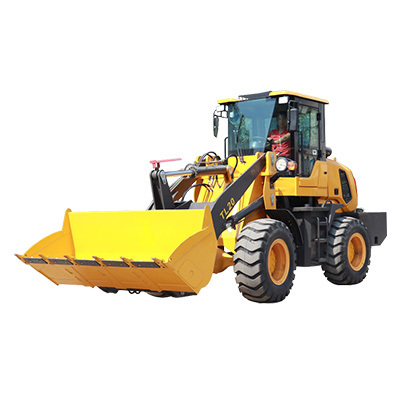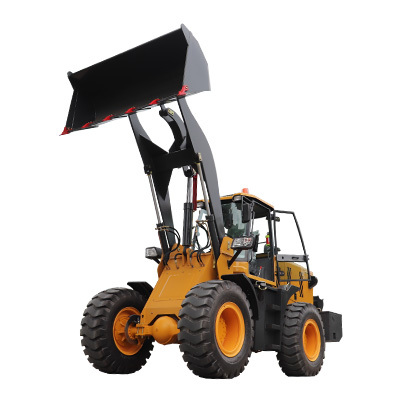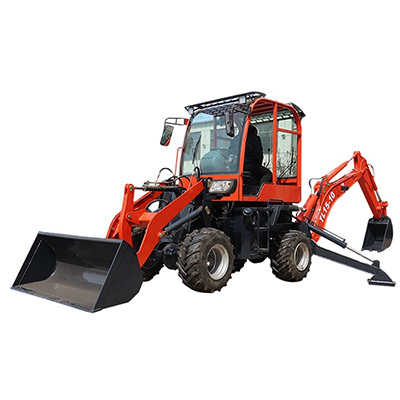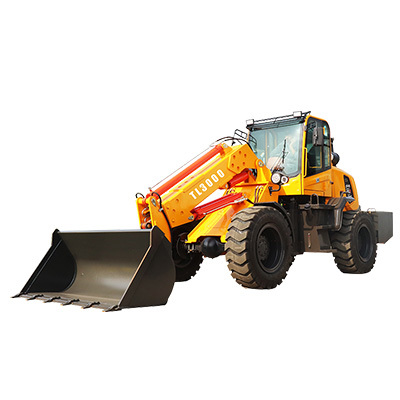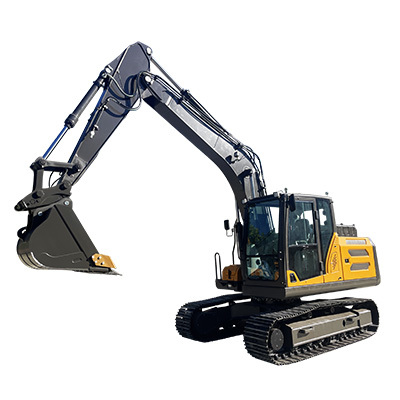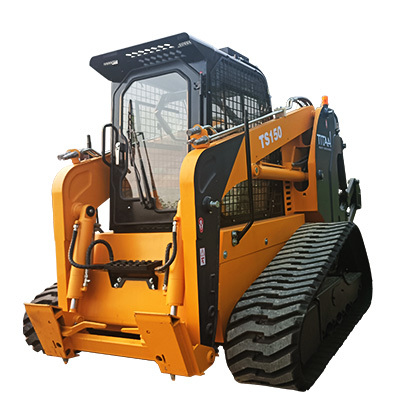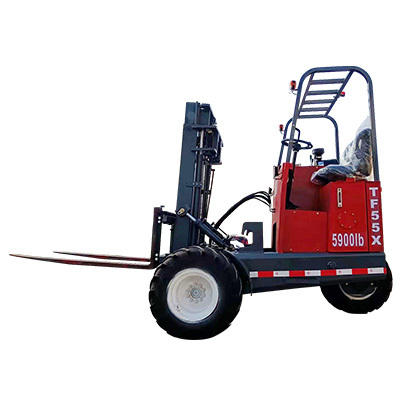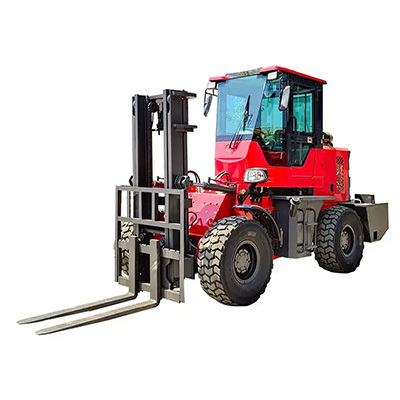Maximizing Efficiency with Modern Handling Equipment in Transportation
Release time:
2025-06-16
Summary
Maximizing Efficiency with Modern Handling Equipment in Transportation
Table of Contents
1. Introduction to Modern Handling Equipment
2. Importance of Efficiency in Transportation
3. Types of Modern Handling Equipment
3.1 Forklifts: The Workhorses of Warehousing
3.2 Conveyor Systems: Streamlining Movement
3.3 Automated Handling Systems: The
Maximizing Efficiency with Modern Handling Equipment in Transportation
Table of Contents
- 1. Introduction to Modern Handling Equipment
- 2. Importance of Efficiency in Transportation
- 3. Types of Modern Handling Equipment
- 3.1 Forklifts: The Workhorses of Warehousing
- 3.2 Conveyor Systems: Streamlining Movement
- 3.3 Automated Handling Systems: The Future of Transportation
- 3.4 Pallet Jacks: Versatile Solutions for Transport
- 4. Innovations in Handling Equipment
- 5. Benefits of Modern Handling Equipment
- 6. Challenges in Implementing Modern Handling Equipment
- 7. Best Practices for Maximizing Efficiency
- 8. Case Studies: Success Stories in Transportation
- 9. Conclusion
- 10. Frequently Asked Questions
1. Introduction to Modern Handling Equipment
In the fast-paced world of transportation and logistics, **maximizing efficiency** is paramount. Modern handling equipment plays a crucial role in streamlining operations, reducing labor costs, and improving safety. As industries continue to evolve, the demand for advanced handling solutions has become increasingly essential. This article delves into various types of handling equipment, their innovations, and how they contribute to enhanced efficiency in transportation.
2. Importance of Efficiency in Transportation
Transportation efficiency directly impacts operational costs and service quality. **Efficient transportation** systems ensure timely deliveries, reduced waste, and improved customer satisfaction. High efficiency can lead to:
- **Lower operational costs** through reduced labor and fuel consumption
- **Faster delivery times**, enhancing customer experience
- **Increased capacity** to handle more goods with existing resources
In a competitive landscape, prioritizing efficiency is not just beneficial; it is essential for survival.
3. Types of Modern Handling Equipment
Understanding the different types of modern handling equipment is critical for maximizing efficiency in transportation. Each piece of equipment serves a unique purpose and can significantly impact productivity.
3.1 Forklifts: The Workhorses of Warehousing
Forklifts are indispensable in warehouses and distribution centers. They are designed to lift and transport heavy loads, making them ideal for moving items across short distances. **Electric and diesel forklifts** provide options for various environments, from indoor settings to outdoor operations. Key features include:
- **Maneuverability**: Forklifts can operate in tight spaces, enhancing warehouse layout efficiency.
- **Load Capacity**: Capable of lifting thousands of pounds, they are essential for heavy cargo.
- **Attachments**: Various attachments increase versatility, allowing forklifts to handle different types of loads.
3.2 Conveyor Systems: Streamlining Movement
Conveyor systems are vital for automating the movement of goods. These systems drastically reduce the need for manual handling, making them a popular choice for high-volume operations. Benefits of conveyor systems include:
- **Continuous operation**: They allow for uninterrupted flow of materials, significantly speeding up processes.
- **Space-saving**: Conveyors can be designed to fit the layout of the facility, optimizing space usage.
- **Reduced labor costs**: Automating movement decreases the reliance on human labor, leading to cost savings.
3.3 Automated Handling Systems: The Future of Transportation
As technology advances, automated handling systems are becoming more prevalent. These systems utilize robotics and artificial intelligence to manage the logistics process. Advantages include:
- **Precision**: Robots can perform tasks with high accuracy, minimizing errors and damage.
- **24/7 operation**: Automated systems can run nonstop, increasing throughput.
- **Scalability**: Easily adaptable to changing demands, making them ideal for fluctuating markets.
3.4 Pallet Jacks: Versatile Solutions for Transport
Pallet jacks, also known as pallet trucks, offer a simpler solution for transporting goods. They are ideal for moving pallets in warehouses and are available in manual and electric versions. Key advantages include:
- **Ease of use**: Simple design allows for quick training and implementation.
- **Cost-effective**: Lower investment compared to larger machinery, making them accessible for small businesses.
- **Versatility**: Suitable for various environments, from retail spaces to large warehouses.
4. Innovations in Handling Equipment
Innovation drives the transportation industry forward. Recent advancements in handling equipment include:
- **Smart technology**: Integration of IoT devices for real-time tracking and monitoring.
- **Enhanced safety features**: Improved design to minimize accidents, such as better visibility and automatic braking systems.
- **Energy-efficient models**: Development of electric models that reduce carbon footprints and operating costs.
These innovations contribute to a more efficient and sustainable transportation landscape.
5. Benefits of Modern Handling Equipment
Investing in modern handling equipment yields numerous benefits that impact both operations and profitability. These benefits include:
- **Increased productivity**: Automation and advanced equipment accelerate processes.
- **Improved safety**: Modern features reduce workplace accidents, leading to lower insurance costs.
- **Cost savings**: Efficient equipment reduces operational expenses, maximizing margins.
- **Enhanced customer satisfaction**: Faster and more reliable service leads to happier customers.
6. Challenges in Implementing Modern Handling Equipment
Despite the benefits, implementing modern handling equipment can pose challenges. Awareness of these issues can lead to more successful integration:
- **High initial costs**: The purchase price and installation of advanced systems can be significant.
- **Training requirements**: Employees may need extensive training to operate new systems effectively.
- **Maintenance**: Advanced equipment often requires specialized maintenance, impacting budgets and downtime.
Addressing these challenges proactively can lead to a smoother transition and better outcomes.
7. Best Practices for Maximizing Efficiency
To fully leverage modern handling equipment, follow these best practices:
- **Conduct a needs assessment**: Identify specific operational needs to choose the right equipment.
- **Implement training programs**: Ensure all staff are well-trained in operating new equipment safely and efficiently.
- **Regular maintenance**: Schedule consistent maintenance to minimize downtime and extend the life of the equipment.
- **Monitor performance**: Use data analytics to track efficiency and identify areas for improvement.
Adopting these practices can lead to significant enhancements in operational efficiency.
8. Case Studies: Success Stories in Transportation
Examining real-world examples can provide insight into the effectiveness of modern handling equipment.
**Case Study 1: Warehouse Automation at XYZ Logistics**
XYZ Logistics implemented automated guided vehicles (AGVs) to streamline their warehouse operations. As a result, they achieved a 30% increase in throughput and reduced labor costs by 25%. The company reported improved accuracy in order fulfillment, leading to higher customer satisfaction rates.
**Case Study 2: Forklift Fleet Optimization at ABC Transport**
ABC Transport upgraded its forklift fleet to energy-efficient models. This change resulted in a 15% decrease in fuel costs, and the new forklifts delivered enhanced safety features. The company experienced fewer accidents and improved employee morale.
These case studies illustrate the tangible benefits of modern handling equipment in transportation.
9. Conclusion
Maximizing efficiency in transportation through modern handling equipment is not just a trend; it is a strategic necessity. With advancements in technology and equipment design, businesses can significantly enhance their operations, reduce costs, and improve customer satisfaction. By embracing these modern solutions and following best practices, companies can navigate the challenges of the industry while staying competitive.
10. Frequently Asked Questions
1. What types of handling equipment are most effective for transportation?
The most effective types of handling equipment include forklifts, conveyor systems, automated handling systems, and pallet jacks. Each serves a unique function and can significantly improve efficiency.
2. How can modern handling equipment reduce operational costs?
Modern handling equipment can reduce operational costs by minimizing labor needs, increasing productivity, and lowering energy consumption through efficient designs.
3. What challenges do businesses face when implementing new handling equipment?
Challenges include high initial costs, the need for employee training, and ongoing maintenance requirements.
4. Are there specific industries that benefit more from modern handling equipment?
Industries such as warehousing, retail, manufacturing, and logistics typically see the most substantial benefits from modern handling equipment.
5. How can companies ensure effective training for new equipment?
Companies can ensure effective training by developing comprehensive training programs, utilizing experienced trainers, and providing ongoing support and refresher courses.
More News

